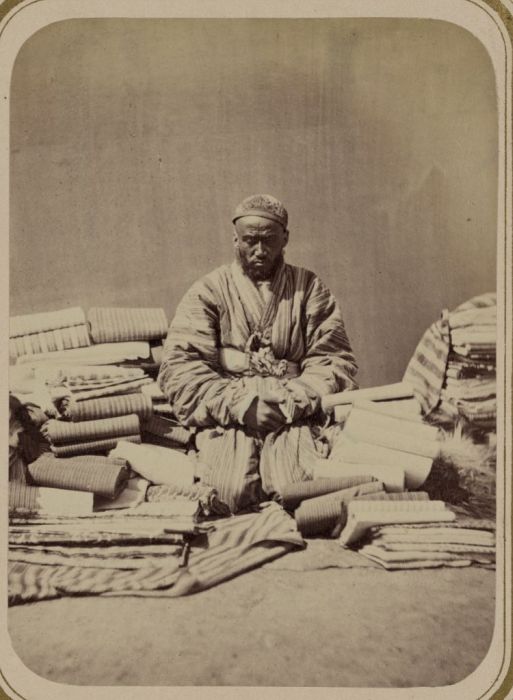|
|
History: Central Asia, 140 Years Ago
|
In the post–Cold War era, Central Asia is an ethnic cauldron, prone to instability and conflicts, without a sense of national identity, but rather a mess of historical cultural influences, tribal and clan loyalties, and religious fervor. Projecting influence into the area is no longer just Russia, but also Turkey, Iran, China, Pakistan, India and the United States:
• Russia continues to dominate political decision-making throughout the former SSRs; although, as other countries move into the area, Russia's influence has begun to wane.
• The United States, with its military involvement in the region and oil diplomacy, is also significantly involved in the region's politics. The United States and other NATO members are the main contributors to the International Security Assistance Force in Afghanistan and also exert considerable influence in other Central Asian nations.
• China has security ties with Central Asian states through the Shanghai Cooperation Organization, and conducts energy trade bilaterally.
|
|









